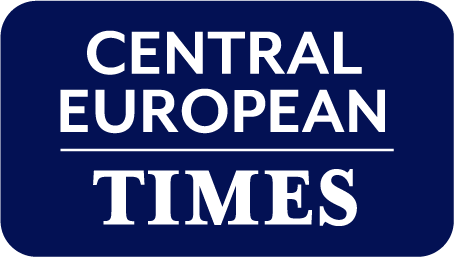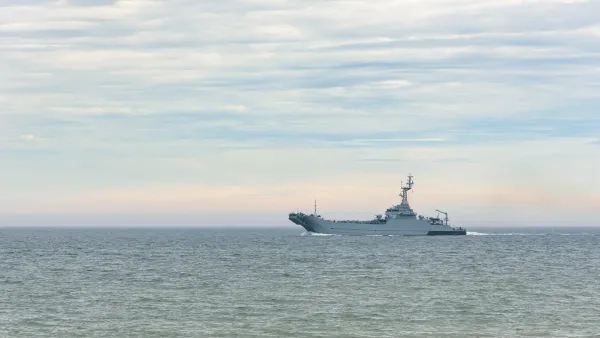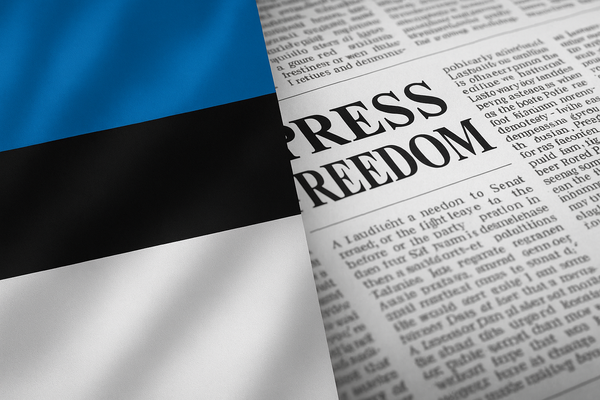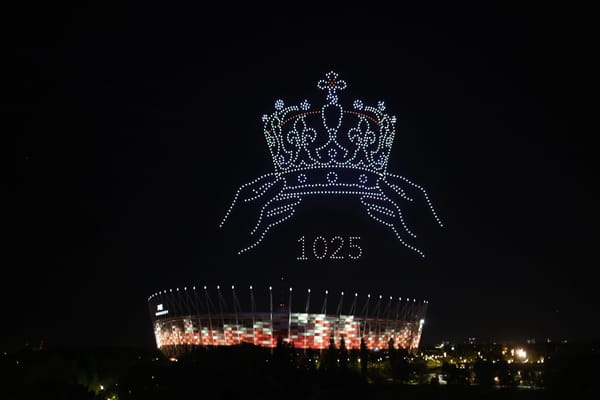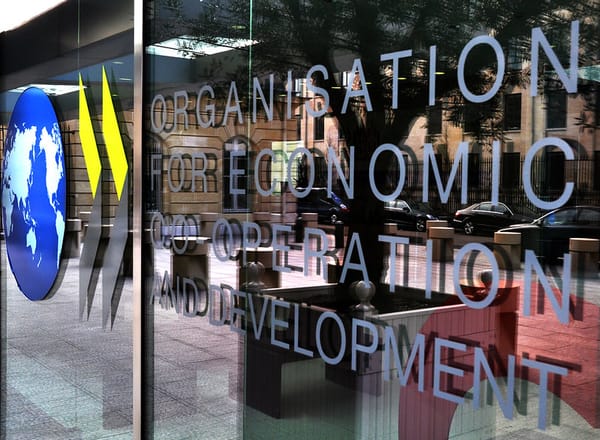
Ex-NATO chief commissioned to write Baltic-Nordic security report
Leaders from Central and Eastern (CEE) countries Estonia, Latvia and Lithuania were among the signatories of an invitation to ex-NATO secretary general Jens Stoltenberg to draw up a white paper on regional defence collaboration, ahead of the alliance’s summit scheduled in The Hague, the Netherlands, in June.
Stoltenberg will provide strategic security advice to strengthen deterrence, resilience, and operational capabilities in the Nordic-Baltic region and the broader Euro-Atlantic space. The other signatories of his invitation to serve as a rapporteur were the premiers of new NATO members Finland and Sweden, and Iceland, Denmark, and Norway.
Latvian Prime Minister Evika Silina said “closer regional cooperation among the Baltic states and the Nordic countries has become a daily necessity. The search for new forms of collaboration is important for all our countries, as well as for strengthening NATO’s deterrence and defence in the Baltic Sea region.
“Latvia is one of the leading countries in terms of defence spending. We will also continue to strengthen our resilience against all kinds of conventional and hybrid threats as well as enhance capacity and output of defence industry,” Silina added.
Unprecedented security alliance
Stoltenberg said “For the first time in history, all the Nordic and Baltic countries are members of the same military alliance. This brings new opportunities, and this report is an important initiative to deepen defence and security cooperation in our region.”
The report will focus on military defence while addressing hybrid threats, cyber security and societal resilience. Drawing on lessons from Ukraine’s resistance to Russia’s invasion, it will propose measures to counter sabotage, secure critical infrastructure and improve interoperability within NATO’s framework. Its recommendations will serve as a strategic foundation for ongoing discussions among Nordic-Baltic leaders and ministers, to reinforce a cohesive and resilient security architecture.
Baltic threat shows no sign of abating
The Baltic Sea has seen several attacks on its infrastructure incidents since Russia launched its full-scale invasion of Ukraine in February 2022, and show no sign of abating.
In January 2025, NATO initiated “Baltic Sentry,” a multinational operation deploying a flotilla off Estonia’s coast to safeguard undersea infrastructure in the Baltic Sea, following suspected sabotage incidents, including damage to the Balticconnector gas pipeline and the Estlink 2 power cable.
On December 25, 2024, the Estlink 2 submarine power cable failed, significantly reducing Estonia-Finland cross-border capacity. The same day, disruptions affected four telecommunications cables, with Finnish company Elisa reporting severed lines that were repaired by January 6, 2025.
Investigations suggest that these damages may have been caused by vessels dragging anchors along the seabed, leading to suspicions of deliberate sabotage. This heightened vigilance comes as the Baltic Sea fully disconnected from Russia’s energy grid earlier in February and integrated with Europe’s network.
The September 2022 explosions that ruptured the Nord Stream pipelines, crucial for transporting natural gas from Russia to Germany, resulting in massive leaks and leaving only one of the four pipelines intact. Recent investigations have identified a Ukrainian diving instructor, referred to as Volodymyr Z., as a suspect in the sabotage.
Centre-left Stoltenberg was prime minister of Norway from 2000-01 and 2005-13 and NATO secretary general from 2014–24. He was appointed as Norwegian finance minister on 4 February.
